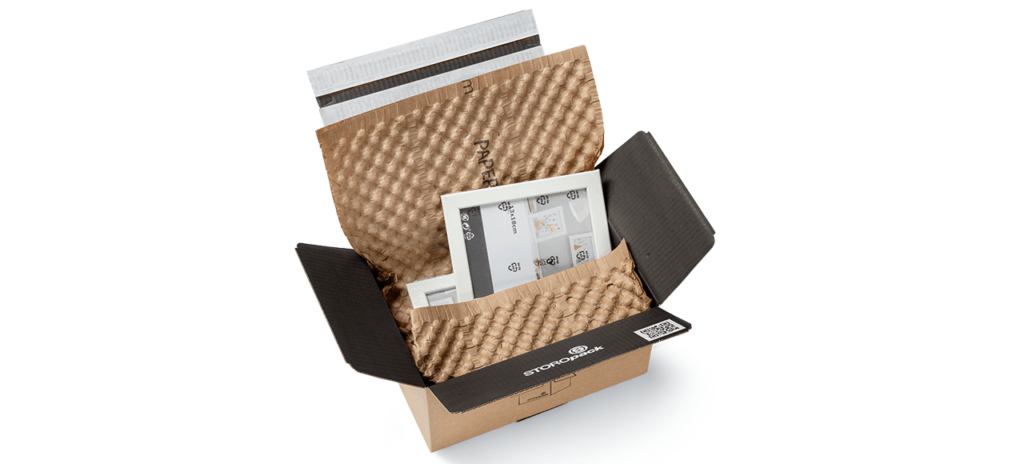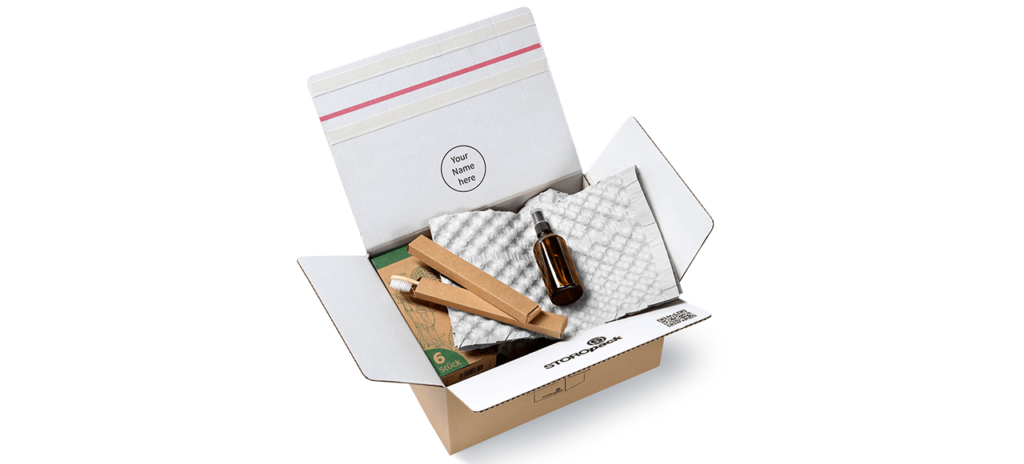How to Ensure Your Packaging Passes the Seaworthiness Test: A Comprehensive Guide
When it comes to shipping goods across oceans, ensuring that your packaging can withstand the rigors of sea travel is crucial. The unpredictable nature of sea transport – with its exposure to moisture, salt, and rough handling – means that your packaging must be robust enough to protect its contents throughout the journey. Here’s a comprehensive guide to help you make sure your packaging passes the seaworthiness test.
1. Understand the Challenges of Sea Travel
Sea transport presents several unique challenges that land or air travel doesn’t:
- Moisture and Humidity: Saltwater and high humidity levels can compromise packaging integrity.
- Temperature Fluctuations: Extreme temperatures, both hot and cold, can affect packaging materials and contents.
- Mechanical Stress: The motion of the ship can cause shifting, vibrations, and impacts.
- Salt Exposure: Salt can corrode or degrade packaging materials and contents.
2. Choose the Right Materials

Seaworthy® VCI Film

ContaiNoRain
Durability and Strength
Opt for materials that can endure the harsh conditions of sea travel. Corrugated cardboard with a high burst strength or plastic containers designed for marine environments are ideal choices. For heavier items, consider using reinforced materials or wooden crates with steel banding.
Waterproofing
Corrosion Resistance
If your goods are susceptible to salt exposure, ensure that your packaging materials are corrosion-resistant. Galvanized metals, rust-proof coatings, and treated woods can help prevent damage.
3. Design for Impact Resistance



Cushioning and Padding
Use ample cushioning inside your packaging to absorb shocks and vibrations. Materials like bubble wrap, foam peanuts, or air pillows can protect fragile items. Make sure the cushioning material is compatible with the sea environment – for instance, opt for moisture-resistant options.
Reinforced Corners and Edges
These areas are most prone to damage. Reinforce them with extra layers of padding or edge protectors to reduce the risk of crushing or tearing during transit.
Securing Contents
Ensure that items are securely packed to prevent shifting. Use strapping, stretch film, or internal dividers to keep everything in place.
4. Proper Sealing and Closure

Sealing Techniques
Ensure that all seams and closures are well-sealed to prevent moisture from entering. Use waterproof tapes, heat seals, or adhesive strips designed for marine environments.
Closure Methods
or heavy or large items, consider using metal clasps or buckles in addition to adhesive seals. This extra layer of security can help keep your package intact.
5. Labeling and Documentation
Clear Labeling
Clearly label your package with handling instructions and any relevant information. Use durable, waterproof labels that can withstand sea conditions. Indicate if the contents are fragile or require special handling.
Documentation
Ensure that all shipping documents, including customs paperwork and bills of lading, are securely attached and protected from moisture. Use waterproof pouches or laminates to keep documents intact.
6. Regulatory Compliance
International Standards
Familiarize yourself with international shipping regulations and standards for packaging. Compliance with these standards can prevent delays and ensure your packaging meets the necessary criteria for sea transport.
Industry Guidelines
Refer to industry-specific guidelines for packaging, especially if you are shipping sensitive or specialized products. These guidelines can provide valuable insights into best practices and requirements.
7. Consider Professional Assistance
Packaging Consultants
For high-value or delicate shipments, consider consulting with packaging experts. They can provide tailored advice and solutions to ensure your packaging is up to the task.
Testing Services
Packaging company offer professional testing services for packaging. These services can provide a thorough evaluation of your packaging’s seaworthiness and offer recommendations for improvement.
8. Review and Improve
Post-Travel Evaluation
After your package has traveled, review its condition upon arrival. Look for signs of damage or deterioration and use this information to improve your packaging for future shipments.
Continuous Improvement
Regularly review and update your packaging materials and methods based on feedback and new developments. Staying informed about the latest packaging technologies and trends can help you maintain high standards.
Conclusion
Ensuring that your packaging passes the seaworthiness test is essential for safeguarding your goods during ocean transport. By choosing the right materials, designing for impact resistance, testing thoroughly, and adhering to best practices, you can protect your shipments from the challenges of sea travel. Remember, a well-packaged product not only reaches its destination in good condition but also reflects positively on your business. Investing in robust, reliable seaworthy packaging is an investment in the success and reputation of your brand.